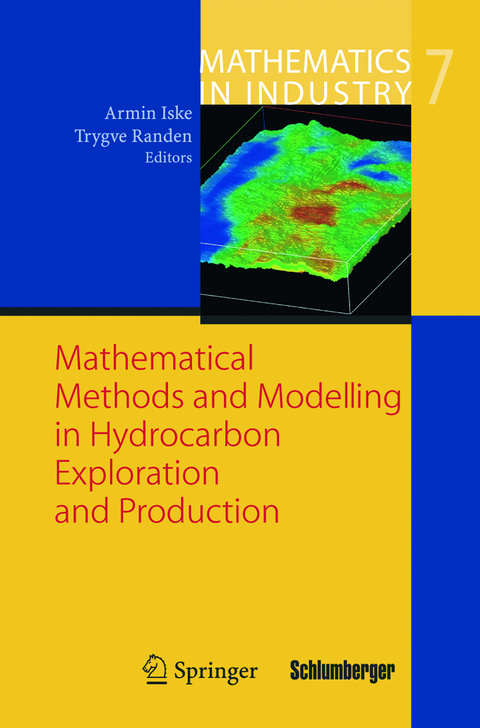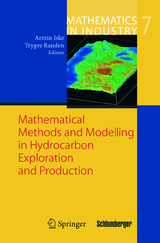Mathematical Methods and Modelling in Hydrocarbon Exploration and Production
Springer Berlin (Verlag)
978-3-540-22536-2 (ISBN)
Hydrocarbon exploration and production incorporate great technology challenges for the oil and gas industry. In order to meet the world's future demand for oil and gas, further technological advance is needed, which in turn requires research across multiple disciplines, including mathematics, geophysics, geology, petroleum engineering, signal processing, and computer science.
This book addresses important aspects and fundamental concepts in hydrocarbon exploration and production. Moreover, new developments and recent advances in the relevant research areas are discussed, whereby special emphasis is placed on mathematical methods and modelling. The book reflects the multi-disciplinary character of the hydrocarbon production workflow, ranging from seismic data imaging, seismic analysis and interpretation and geological model building, to numerical reservoir simulation. Various challenges concerning the production workflow are discussed in detail.
The thirteen chapters of this joint work, authored by international experts from academic and industrial institutions, include survey papers of expository character as well as original research articles. Large parts of the material presented in this book were developed between November 2000 and April 2004 through the European research and training network NetAGES, "Network for Automated Geometry Extraction from Seismic". The new methods described here are currently being implemented as software tools at Schlumberger Stavanger Research, one of the world's largest service providers to the oil industry.
Seismic Interpretation.- to Seismic Texture.- Atlas of 3D Seismic Attributes.- The Use of Structure Tensors in the Analysis of Seismic Data.- Automated Structural Interpretation Through Classification of Seismic Horizons.- Automatic Fault Extraction Using Artificial Ants.- Geological Model Building.- Geological Modelling and Reservoir Simulation.- Geological Model Building: A Hierarchical Segmentation Approach.- Mapping 3D Geo-Bodies Based on Level Set and Marching Methods.- Modern Techniques in Seismic Tomography.- Reservoir Modelling and Simulation.- From 3D Seismic Facies to Reservoir Simulation: An Example From the Grane Field.- Reservoir Flow Simulation by Adaptive ADER Schemes.- Optimal Multivariate Interpolation.- A Method for Ranking CO2 Flow Models Using Seismic Modeling and Time-Lapse Data.
| Erscheint lt. Verlag | 13.12.2004 |
|---|---|
| Reihe/Serie | Mathematics in Industry |
| Zusatzinfo | XII, 452 p. |
| Verlagsort | Berlin |
| Sprache | englisch |
| Maße | 155 x 235 mm |
| Gewicht | 762 g |
| Themenwelt | Mathematik / Informatik ► Mathematik ► Analysis |
| Mathematik / Informatik ► Mathematik ► Wahrscheinlichkeit / Kombinatorik | |
| Schlagworte | 3D • Calculus • Computer-Aided Design (CAD) • Geological Model Building • Geology • Geometry • Geophysics • Interpolation • Kohlenwasserstoffe • Mathematics • Model • Modeling • Reservoir Modelling • Reservoir Simulation • Seismic Interpretation • Signal • Signal Processing • Simulation • Textur • Triangulation |
| ISBN-10 | 3-540-22536-6 / 3540225366 |
| ISBN-13 | 978-3-540-22536-2 / 9783540225362 |
| Zustand | Neuware |
| Haben Sie eine Frage zum Produkt? |
aus dem Bereich




